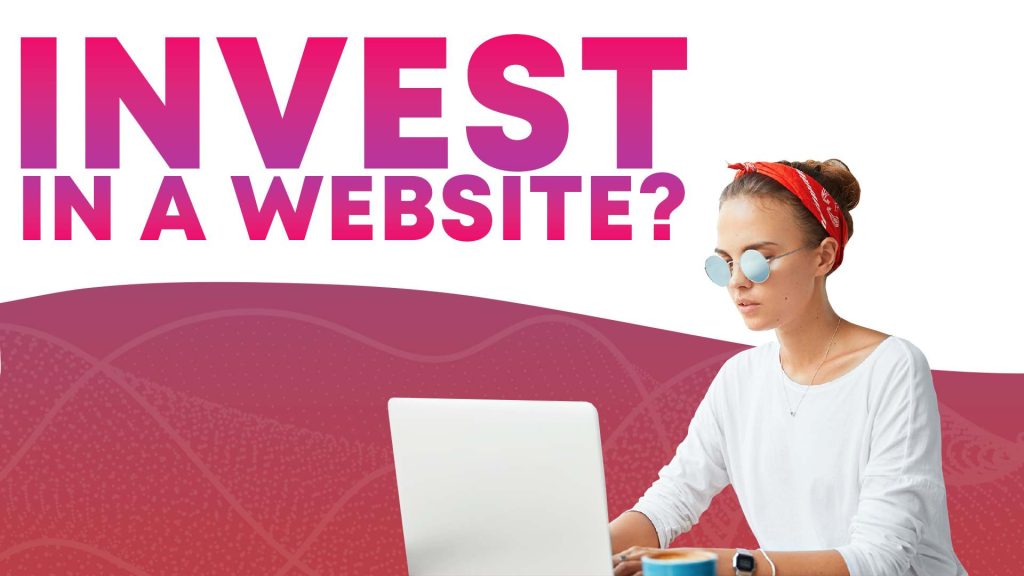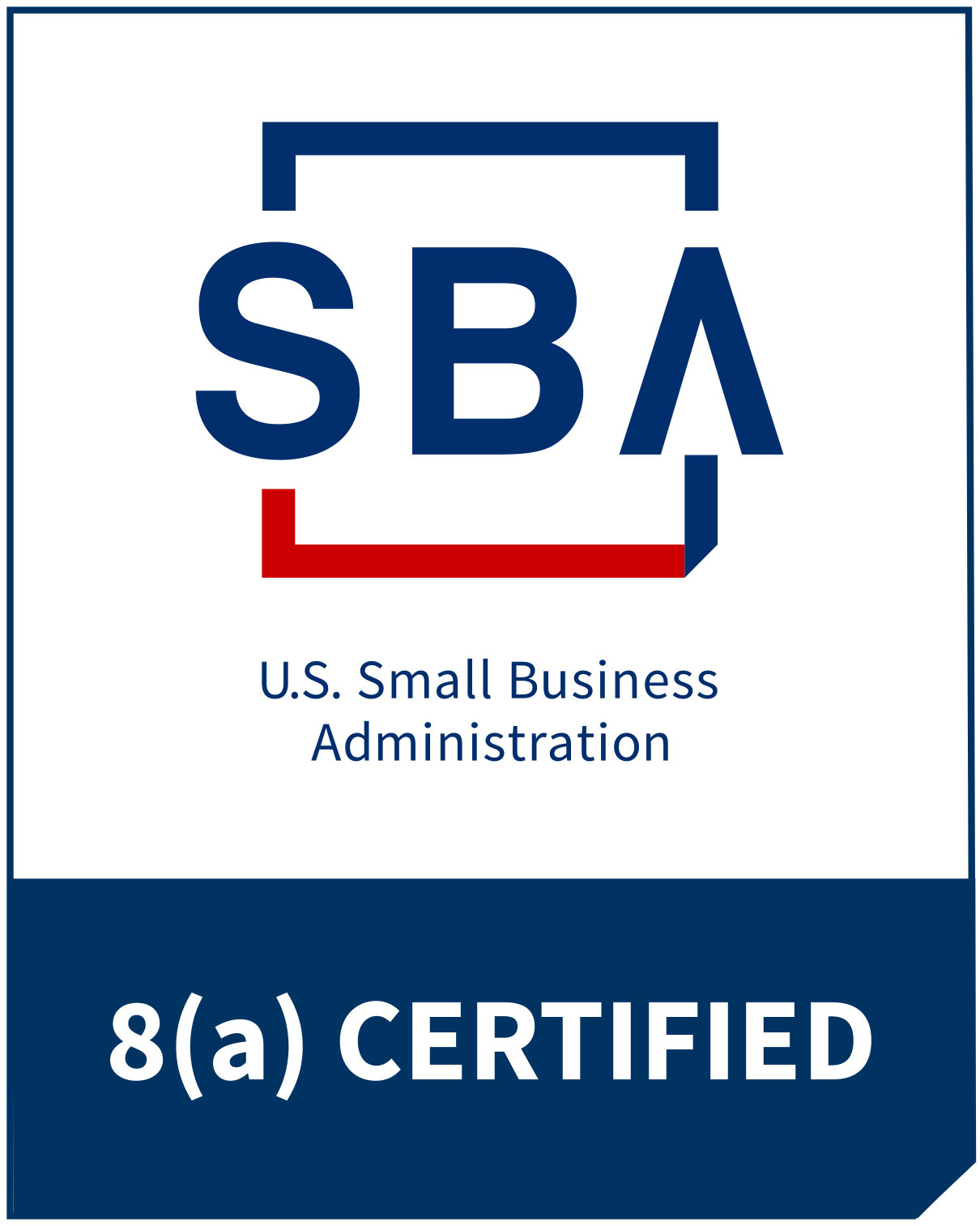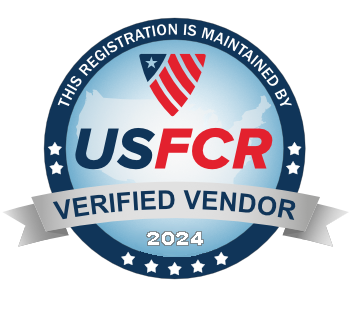Introduction
With a longer sales cycle, more intense competition, and increased expectations, technology decisions impact organizational health. Technology pervades all aspects of business and must be coordinated with an organization’s strategic plan. The rate at which technology evolves creates choice, but adopting emerging technology solutions can be confusing and overwhelming. The right technology decisions can improve performance; the wrong technology decisions exacerbate challenges, which helps explain why thousands, even millions, of dollars can be invested but it fails to solve problems.
Leaders often mistakenly assume that technology can solve organizational challenges. Business owners think that buying a product or checking a box will solve their problems. Technology can magnify both challenges and opportunities; for example, when a company with shallow client relationships implements an expensive Client Relationship Management (CRM) solution. In the absence of an integrated plan, technology, not the user, is blamed for a disappointing outcome. Technology has never been more critical to the growth and sustainability of a business. A rapidly changing technology landscape necessitates technology planning.
The Wrong Approach
The notion that a robust technology budget will deliver immediate results is misleading. Disappointment occurs when expectations do not align with the outcome. Without a coordinated and integrated plan for technology, organizations do not realize their return on investment (ROI). The application of technology is a process and cannot be completed in one year or realized with a single expenditure. Technology in isolation is not a competitive advantage. Today, organizations misallocate budget dollars when margins are lean, which damages employee morale and stifles productivity.
Architects don’t construct buildings without a plan. It requires true teamwork: architects, engineers, contractors, etc. Technology must be integrated throughout all your business lines. Transitioning from one vendor to another can be painful. Purchase only the solutions that can help and solve your organization’s unique challenges.
What You Need
Technology is marvelous, but it should not dictate a company’s strategic vision. The company needs to innovate, change, and follow a flexible plan. Clients need a transparent, accountable, and proactive technology partner. A company must demand a progressive technology partner with a strong business framework.
Technology needs to decrease stress, improve the client experience, enhance efficiency, and produce stronger margins. The right technology solutions can produce operational and strategic agility. In doing so, you need a flexible strategy—not a laser-like, rigid plan. Model your risk and organization flow to better determine how and where to integrate and apply technology.
Apps and Mobile Technology
Mobile apps have become an ostensible necessity. Organizations may focus on an app because of a competitor, rather than assessing need and performance. For example, a regional bank confidently invests in a mobile app platform only to discover, ten months and $230,000 later, that most of their retiree client base prefer the brick and mortar banking experience. Additionally, a non-functional app is worse than no app at all. Mobile apps must function well with simplicity and efficiency. Having a bad app can erode brand equity and client trust. The app must also operate seamlessly across major phone and tablet platforms; e.g., iOS, Android, and Windows. When implemented appropriately, the right app can deliver an awesome web and mobile experience.
Worried about your image online?
Our experts can help. Call us today.










